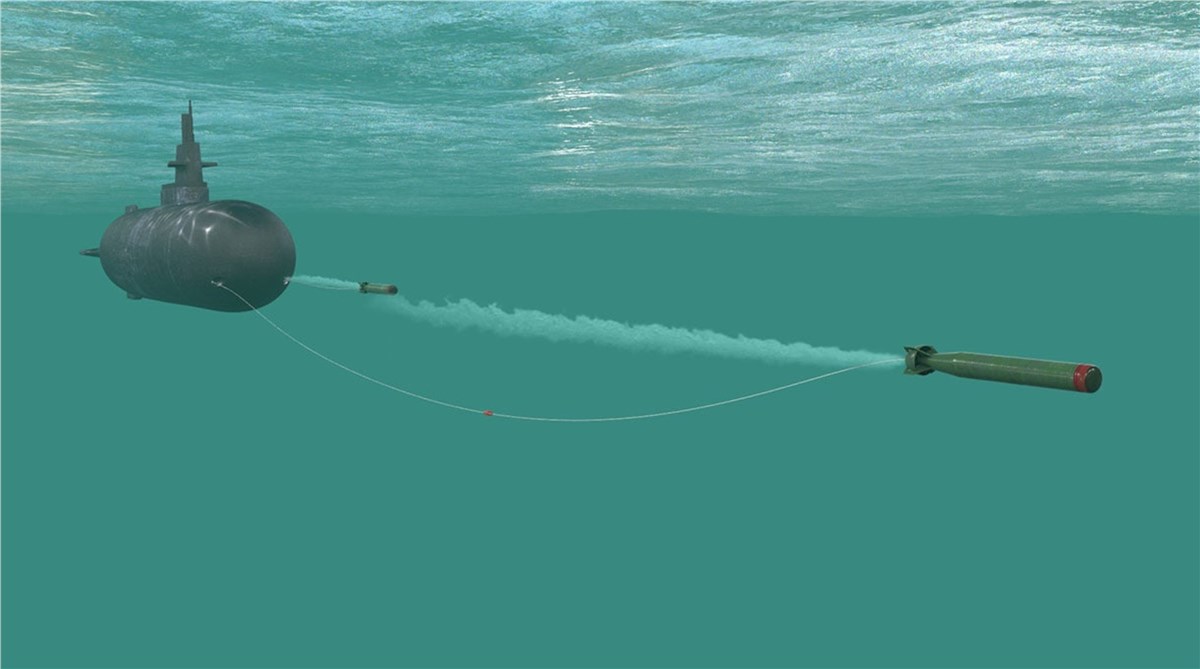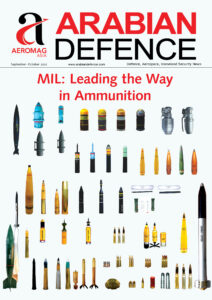
As great power competition increases and the U.S. Navy prioritizes strengthening undersea dominance, improved weapon reliability and lethality is more important than ever. L3Harris is answering the call with innovation to make the next generation of heavyweight torpedoes more effective for U.S. and allied naval forces.
The Improved Post-Launch Communications System (IPLCS) is a fiber-optic cable tether that connects the torpedo to its origin submarine, providing increased bandwidth for real-time data, a greater communications range along with better strength and reliability. The system is designed for the newest iteration of the MK-48 (Mod 8) torpedo, which will be the Navy’s next generation submarine-launched weapon system with upgrades beginning in 2029.
“It’s imperative we provide the U.S. Navy with technology to improve adversary targeting,” said Jahmar Ignacio, Vice President and General Manager, L3Harris Strategic Missions. “This L3Harris advanced technology is key to ensuring warfighters have the right data at the right time for increased advantages over adversaries in the undersea domain.”
IPLCS cleared Design Verification Testing and is now proving L3Harris’ ability to manufacture the technology. Upon successful testing, L3Harris will work with Naval Sea Systems Command (NAVSEA) and Program Executive Office Undersea Warfare Systems (PEO UWS) toward system production.
Countering threats in the Indo-Pacific region is a key priority for the United States. During a visit to Guam and Hawaii earlier this year, Under Secretary of the Navy Erik Raven said U.S. prosperity is built upon free and open oceans and that the U.S. will defend American, ally and partner interests in the region.
“We are steadfast in our commitment to the security, stability and prosperity of the Indo-Pacific region,” Raven said.
The U.S. Navy Science and Technology Strategy identifies Strengthening Maritime Technological Dominance as one of its three main priorities, with Undersea Systems as a focus. The L3Harris IPLCS system ties into that priority directly, giving warfighters enhanced capabilities to confront potential adversaries.
The Royal Australian Navy (RAN) is a partner on the IPLCS program and works within the Undersea Weapons Joint Program Office (PMS 404), with the tether system set to be incorporated into RAN Colins Class submarines in addition to U.S. Navy subs.
The IPLCS system replaces legacy copper wire tethers and offers dramatically better communication ranges and thousands of times more bandwidth. Warfighters on the submarine are able to guide the torpedo, working along with automated systems built into the weapon.
The fiber-optic cable is smaller than the copper wire it is replacing, but stronger, allowing for more reliable performance in contested environments. IPLCS began as a DARPA-funded program in partnership with the University of Central Florida pursuing ultra small, very strong highly integrated optical fiber cable.











